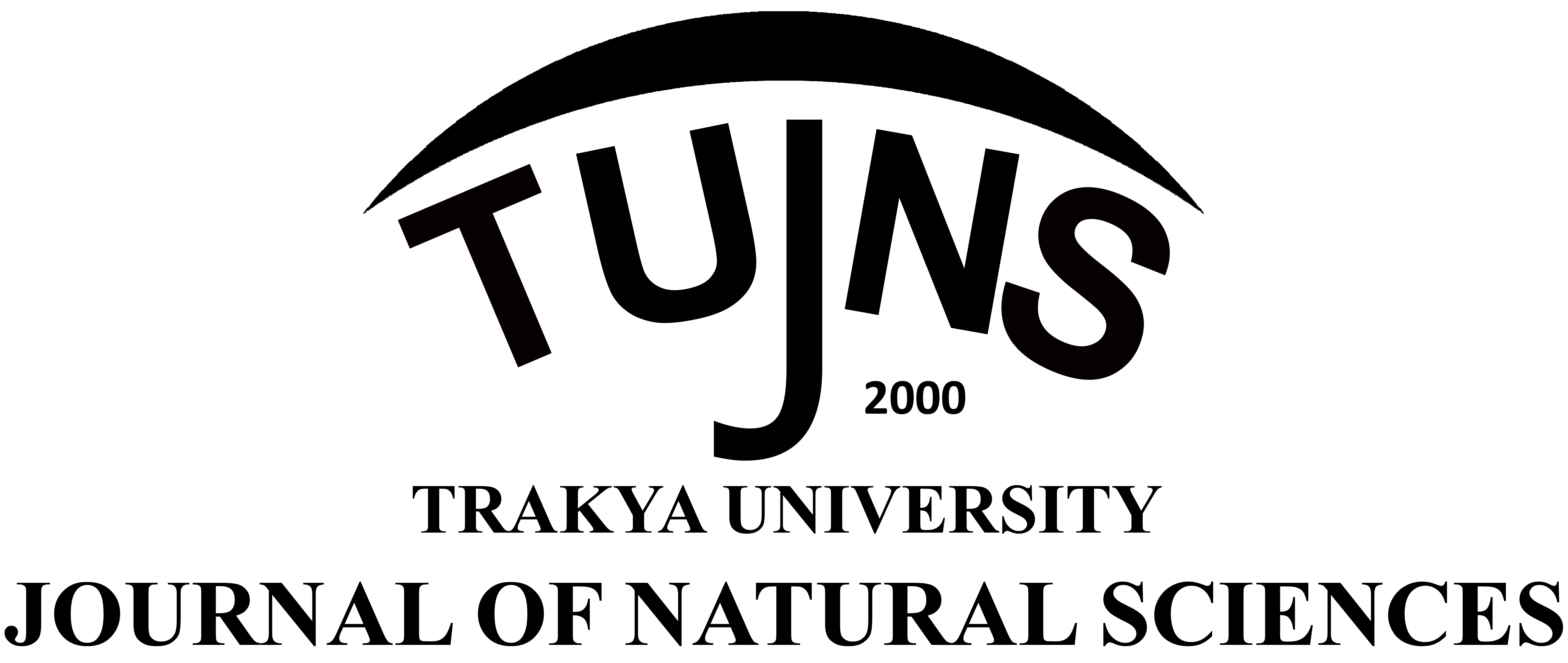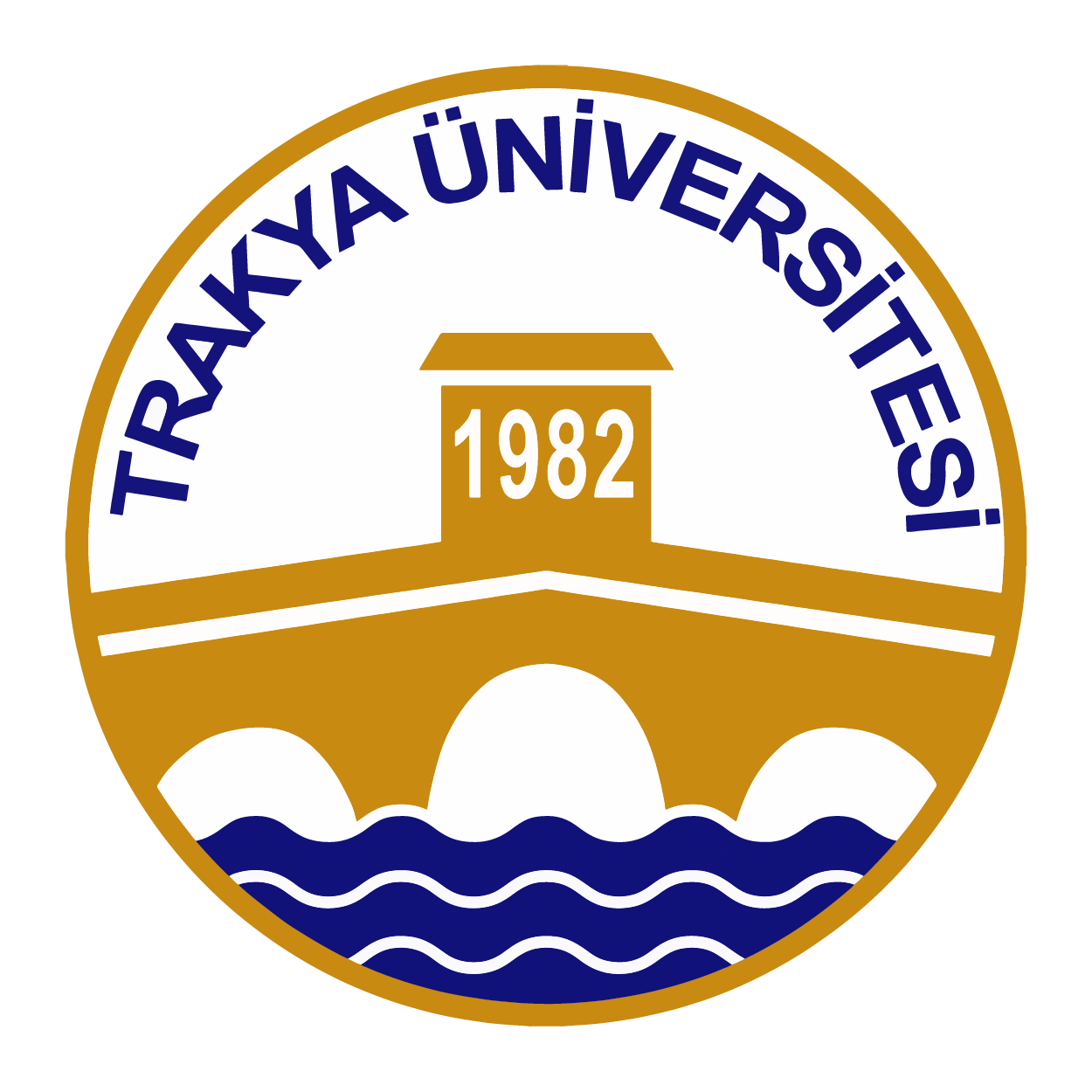Abstract
Interleukin 7 (IL7)-Interleukin 7 Receptor Alpha (IL7RA) signaling is well investigated in hematological cancers, but in solid cancers, its role needs to be investigated further. In a recent study, IL7R was identified as a key gene in leptomeningeal carcinoma. Unfortunately, there is limited patient data on leptomeningeal carcinoma from breast, lung and skin cancers. In this study, IL7RA missense mutations that could have pathologic importance in lung, breast and skin cancers were analyzed in silico. Using Genomic Data Commons (GDC) data portal, lung, breast and melanoma data from 3250 patients were filtered to list IL7RA missense mutations. Sorting Intolerant From Tolerant (SIFT), Polymorphism Phenotyping v2 (PolyPhen2), Universal Mutation Database Predictor (UMD-Predictor) and Single Nucleotide Polymorphisms & Gene Ontology (E-SNP&GO) servers were employed to reveal pathogenic variants. Conservation Surface Mapping (ConSurf )was used to analyze conservation scores. Domains were investigated by InterPro tool. Molecular docking of IL7-IL7RA was performed by ClusPro, Mutational Binding free energy change predictor 2 (Mutabind2) and Protein-Ligand Interaction Profiler (PLIP) servers. Stability of the mutations were analyzed by Impact-Mutant 2.0 (I-Mutant2), Mutation Protein Stability Prediction (MUpro) and Impact of Non-synonymous mutations on Protein Stability-Multi Dimension (INPS-MD). Structural changes were determined using Dynamic Mutation predictor 2 (DynaMut2) and Have (y)Our Protein Explained (HOPE) servers. Out of 99 missense mutations identified, 6 (T56P, C57Y, K204I, S207F, G215V and W217C) were defined as pathogenic. All these mutations were primarily found in lung cancer and located in the extracellular domain of IL7RA. Although none were in the interaction interface of IL7, all were located at or next to conserved motifs. This proximity likely destabilizes IL7RA and drastically changes its bonding patterns. The IL7RA missense mutations may have a significant role in lung cancer, as they presumably change the protein’s function.



